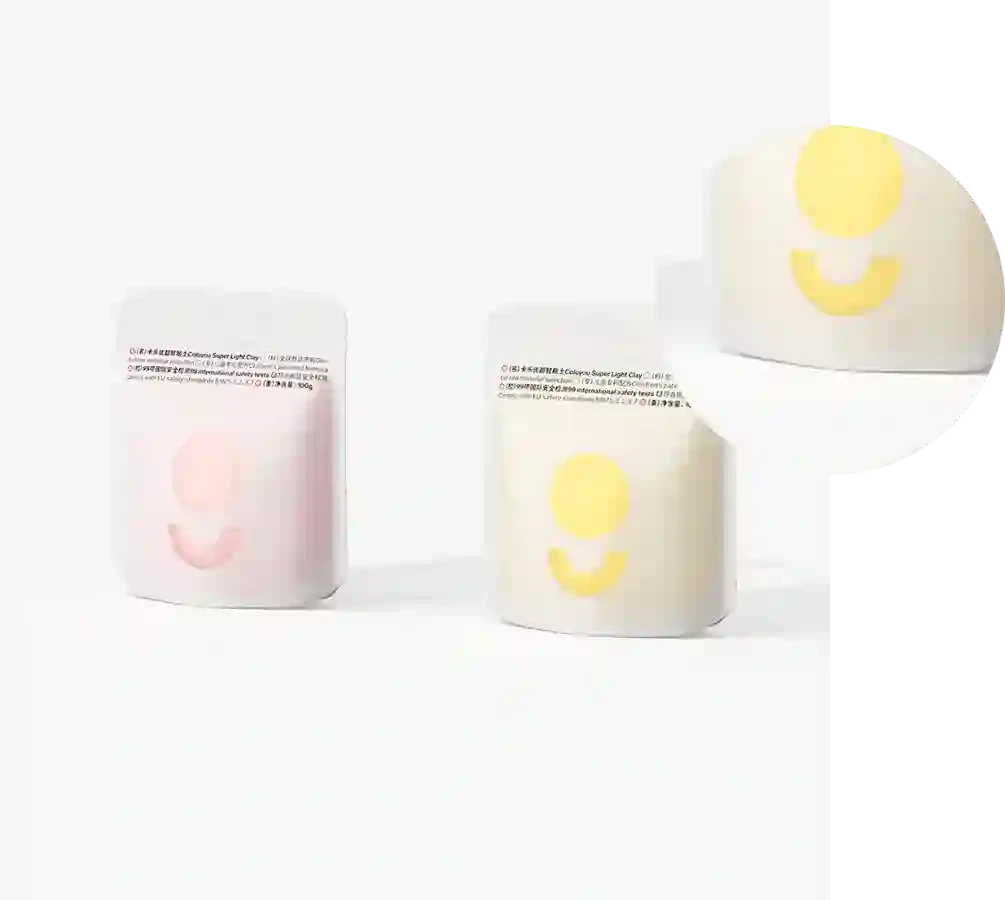- Afrikaans
- Albanian
- Amharic
- Arabic
- Armenian
- Azerbaijani
- Basque
- Belarusian
- Bengali
- Bosnian
- Bulgarian
- Catalan
- Cebuano
- chinese_simplified
- chinese_traditional
- Corsican
- Croatian
- Czech
- Danish
- Dutch
- English
- Esperanto
- Estonian
- Finnish
- French
- Frisian
- Galician
- Georgian
- German
- Greek
- Gujarati
- haitian_creole
- hausa
- hawaiian
- Hebrew
- Hindi
- Miao
- Hungarian
- Icelandic
- igbo
- Indonesian
- irish
- Italian
- Japanese
- Javanese
- Kannada
- kazakh
- Khmer
- Rwandese
- Korean
- Kurdish
- Kyrgyz
- Lao
- Latin
- Latvian
- Lithuanian
- Luxembourgish
- Macedonian
- Malgashi
- Malay
- Malayalam
- Maltese
- Maori
- Marathi
- Mongolian
- Myanmar
- Nepali
- Norwegian
- Norwegian
- Occitan
- Pashto
- Persian
- Polish
- Portuguese
- Punjabi
- Romanian
- Russian
- Samoan
- scottish-gaelic
- Serbian
- Sesotho
- Shona
- Sindhi
- Sinhala
- Slovak
- Slovenian
- Somali
- Spanish
- Sundanese
- Swahili
- Swedish
- Tagalog
- Tajik
- Tamil
- Tatar
- Telugu
- Thai
- Turkish
- Turkmen
- Ukrainian
- Urdu
- Uighur
- Uzbek
- Vietnamese
- Welsh
- Bantu
- Yiddish
- Yoruba
- Zulu
Comparing Glossy and Matte Lamination Options for Your Print Projects
Gloss vs. Matte Lamination Which is Right for Your Project?
Lamination is an essential process in the world of printing that enhances the appearance and durability of printed materials. It involves applying a protective layer over printed surfaces, making them more resistant to wear and tear, moisture, and UV light. Two of the most popular types of lamination are gloss and matte finishes, each offering different benefits and aesthetics. Understanding the distinctions between gloss and matte lamination can help you make an informed choice for your next project.
What is Gloss Lamination?
Gloss lamination is a process in which a shiny, reflective layer is applied to printed materials. This type of lamination creates a sleek and polished look, making colors appear more vibrant and images more vibrant and sharp. Gloss lamination is often used in marketing materials such as brochures, flyers, and posters where eye-catching visuals are critical. The reflective surface not only enhances the aesthetic appeal but also adds a layer of protection against scratches, stains, and fading.
One of the most significant advantages of gloss lamination is its ability to enhance color saturation. Images printed on glossy surfaces tend to pop, making gloss an excellent choice for graphic-heavy designs. Additionally, gloss lamination is easier to clean, which is particularly beneficial for items like menus or promotional materials that may be frequently handled.
The Beauty of Matte Lamination
In contrast, matte lamination features a non-reflective finish that provides a subtle and sophisticated look. Matte lamination gives printed materials a smooth surface that can feel soft to the touch, providing a more understated elegance compared to gloss. It is often favored for products such as business cards, portfolios, and high-end publications where a refined appearance is essential.
One of the key benefits of matte lamination is its fingerprint resistance. The absence of a shiny surface means that smudges and marks are less noticeable, making it an ideal choice for items that are frequently handled. Furthermore, matte lamination can enhance the readability of text, as the non-reflective surface reduces glare, making it easier for viewers to read the information presented.
Protection and Durability
gloss lamination vs matte lamination

Both gloss and matte lamination provide a degree of protection against environmental factors, but they do so in different ways. Gloss lamination offers robust protection against moisture and UV light, helping to prevent colors from fading over time. This makes it particularly suitable for outdoor signage and promotional materials that may be exposed to the elements.
On the other hand, matte lamination excels in resisting scratches and scuffs. This durability makes matte-laminated products ideal for everyday use items such as catalogues, menus, and brochures that may be subjected to frequent handling. While matte laminated surfaces can be slightly more prone to showing dirt or marks, they can easily be wiped clean with a damp cloth, maintaining their professional appearance over time.
Choosing the Right Option
When deciding between gloss and matte lamination, it is crucial to consider the overall goals of your project. If your focus is on vivid colors and striking visuals, gloss lamination may be the way to go. It is particularly effective for graphics-heavy materials that need to attract attention and convey a sense of excitement.
Conversely, if your emphasis is on a more refined, professional look and practicality, matte lamination could be the better option. Its ability to maintain a cleaner surface and improve readability makes it ideal for documents that require a sophisticated presentation.
Consider also the tactile experience you wish to provide. A matte finish often provides a more luxurious feel, while a gloss finish can offer a sleek and modern touch. In some cases, combining both finishes in a single project can yield intriguing results, drawing attention while ensuring a smooth reading experience.
Conclusion
Ultimately, both gloss and matte lamination serve their purposes effectively, each with unique advantages. The choice between the two will depend on your specific project requirements, aesthetic preferences, and practical needs. Understanding the differences between gloss and matte lamination allows you to make a decision that not only enhances the visual appeal of your printed materials but also conveys the desired message to your audience. Whether you choose gloss or matte, lamination remains an invaluable tool in the world of printing, adding both style and substance to your projects.













